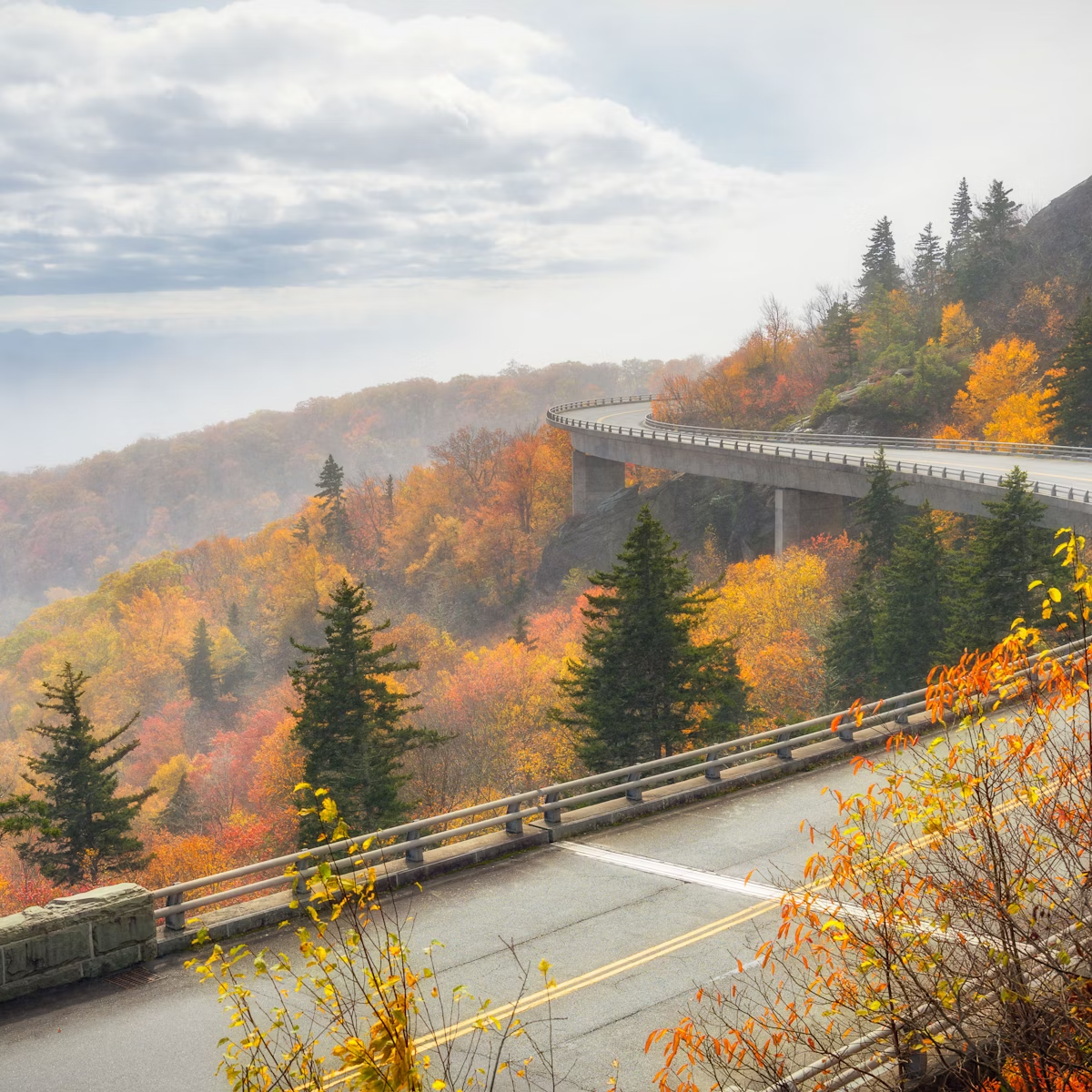In Appalachian parlance, a cove means a valley, but Cades Cove is far more than that. One of the most popular destinations in the Tennessee section of Great Smoky Mountains National Park, many consider this 6800-acre valley to be a national treasure due to its poignant cultural legacy, pioneer architecture and plentiful wildlife.
Cades Cove has more than two million visitors a year because of its historic homesteads, waterfalls and scenic viewpoints¬Ýall within a¬Ýverdant landscape of lush green fields enveloped by an unbroken expanse of mountains. It offers some of the best opportunities for wildlife viewing in the wider National Park, and whether blanketed in bright wildflowers in the spring or vivid colors in the fall, its scenery never disappoints.
History
For hundreds of years, the Cherokee used Cades Cove as a hunting settlement¬Ýand the valley is named after their local leader, Chief Kade. European settlers ‚Äì most of them English, Scots-Irish and Welsh ‚Äì arrived in the 1820s. By 1850, the valley's population had swelled to 70 households and 451 residents, later reaching a peak of 708. The national park was chartered by the US Congress in 1934, and officially dedicated by President Franklin D. Roosevelt in 1940.
Today, thanks to the excellent preservation efforts of the National Park Service, you can still get a vivid sense of life in Cades Cove during the 19th century. Scattered along the loop road are three churches, a working grist mill, barns, pioneer log cabins and many other faithfully restored structures.
Getting there and other practicalities
Cades Cove is the most popular area in the USA's most popular national park, so go early if you want to beat the crowds. An 11-mile, one-way loop road circles the cove, offering motorists the opportunity to sightsee at a leisurely pace. It is possible to stop at pullouts to enjoy the scenery or view wildlife. Be aware that because of bumper-to-bumper traffic during peak season, it can take five hours to drive the road – longer than it would take to walk.
There is only one driving entrance into the Cades Cove Loop from Laurel Creek Road. Although you may see many online maps that may appear to show multiple entrances, this is the only one leading directly into the loop. The road is open to car traffic from dawn to dusk, except on Wednesdays from early May through late September, when bicycles and hikers rule the road until 10am.
Entrance to Great Smoky Mountains National Park is free. Allow at least two to four hours to tour Cades Cove, and longer if you walk some of the area's trails. The best wildlife viewing occurs in the very early morning and late afternoon. Pick up the self-guiding Cades Cove Tour booklet ($1) from any visitor center to discover more about Cades Cove's attractions and history. Day Hikes In & Around Cades Cove is available for a minimal fee.
Waterfalls at Cades Cove
Waterfalls are a huge attraction of Cades Cove and Abrams Falls is one of the most popular falls. The hiking trail to Abrams Falls is located past the #10 stop on Cades Cove Loop Road, and it takes around three to four hours to hike there and back. It’s worth it for the picturesque waterfall, which is located on Abrams Creek. Although it’s only 20-feet high, a large volume of water rushes over the edge into a long, deep pool at its base.
Laurel Falls is another popular waterfall and it is located along the Laurel Falls Trail. It is 80-feet tall and it takes around two hours to hike there and back. Then there’s the Lynn Camp Prong cascades, which can be viewed while hiking the Middle Prong Trail. Tackling this trail means taking a 1.6-mile round trip and is suitable for hikers of all abilities.
What to do at Cades Cove
Numerous hiking trails originate in the cove, including the trail to Abrams Falls and the short Cades Cove Nature Trail. Longer hikes to Thunderhead Mountain and Rocky Top also begin here, and a can be downloaded from the National Park Service.
Wildlife in the park include white-tailed deer, black bears, coyotes, groundhogs, turkeys, raccoons and skunks. A nearby horse stable provides one-hour horseback rides as well as hay rides and carriage rides from March through October. is located half-way around the loop road in the Cable Mill historic area, and it has restrooms and a bookstore.
Camping is a very popular activity and there are several located within the national park. Cades Cove Campground is open year round, and it has 159 sites and can accommodate tents and RVs up to 35 feet. Call (877) 444-6777 or visit to reserve a site.









